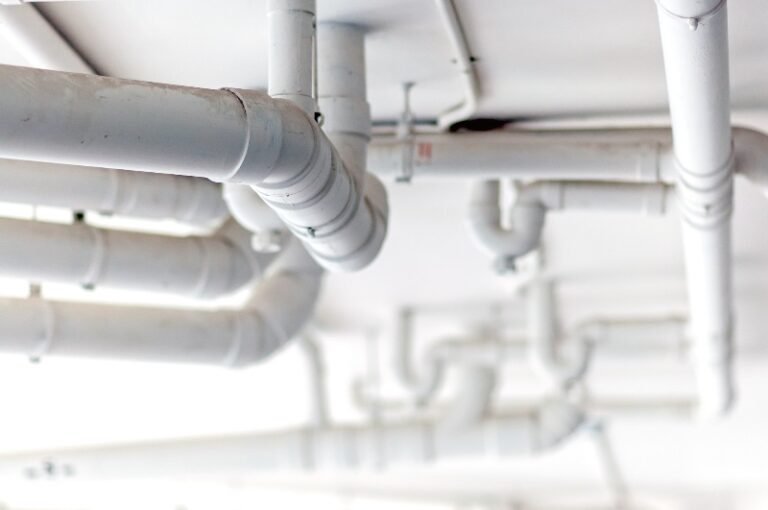Are you planning to renovate your bathroom and wondering how to install a new plumbing loop? Plumbing loop refers to the system of connecting pipes horizontally instead of vertically. It is an efficient way to ensure proper drainage but requires careful planning and expert installation. This blog post will explain everything you need to know about new loop installation for your bathroom. From selecting the correct materials to understanding the installation process, this blog will guide you step-by-step.
Selecting the right materials
The first step in any plumbing installation is selecting the right materials. For plumbing loops, PVC, PEX, or copper pipes are commonly used. PVC pipes are the most affordable option but less durable than PEX or copper. PEX pipes are flexible and easy to install, but they are prone to damage from UV rays. Copper pipes are the most durable and long-lasting option but also the most expensive. Consider your budget and long-term needs when selecting the material for your plumbing loop.
Planning the layout
Once you have selected the materials, it is time to plan the layout of your plumbing loop system. The system consists of two parallel pipes connected by shorter pipes that run perpendicular to them. The pipes should be installed with a slight slope towards the main drain to ensure proper drainage. The layout should also consider the location of fixtures such as the sink, toilet, and shower. A professional plumber can help you design the best layout for your bathroom.
Installing the pipes
Now comes the crucial part of installing the pipes. It is recommended to hire a professional plumber to ensure that the installation is done correctly. The plumber will start by attaching the main loop pipes to the water supply lines and securing them to the wall using clamps. The short pipes are then connected between the parallel pipes using couplings, elbows, and T-joints. The pipes should be secured tightly to prevent leaks and ensure proper drainage.
Connecting the fixtures
Once the loop system is installed, it is time to connect the fixtures, such as the sink, toilet, and shower. The fixtures are connected to the loop pipes using valves that control the water flow. The valves should be located close to the fixtures for easy access in case of repairs or maintenance. It is essential to ensure that all fixtures are properly sealed to prevent leaks.
Testing the system
After installing the plumbing loop system and connecting the fixtures, it is time to test the system. Turn on all the fixtures and observe the water flow. Check for leaks, water pressure, and drainage. Some common plumbing issues include clogs, leaks, and low water pressure. If you notice any problems, contact a professional plumber immediately to prevent further damage. Once the system is confirmed to work correctly, you can proceed with finishing touches, such as installing tiles or drywall.
Are you ready to install a new plumbing loop in your bathroom? With the help of this guide, you can ensure that the process is done correctly and efficiently. Always hire a professional plumber for expert installation and use high-quality materials for long-lasting results. Get professional consultations and estimates today!

